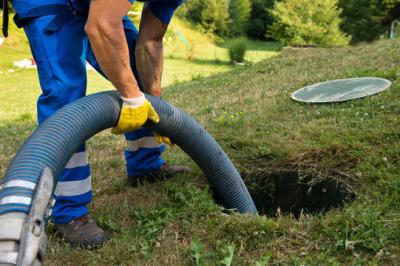Onsite Wastewater Treatment Systems (OWTS) Program
The OWTS Program protects people and the environment by making sure sewage and greywater are handled safely. We:
- Review and issue permits for on-site sewage systems
- Regulate greywater systems
- Oversee septage haulers (pump/transport companies)
Quick Links
| Septic System Permit Application (OWTS Permit) — PDF [2] | Construction Guide for Conventional Septic — PDF [3] |
Building or Repairing a Septic System (Conventional)
This section summarizes key steps. See the full guide for details. Seepage pits and cesspools are prohibited in Mono County.
Permit Steps (At-a-Glance)
- Apply: Submit application, fee, a to-scale plot plan, and a simple site map.
- Site evaluation & testing: Test trenches and percolation tests (by a licensed professional/REHS) as required.
- Review & decision: We review submittals and field conditions; if approved, a permit is issued.
- Build with inspections: Schedule required inspections at each stage (see below).
Required Inspections
- Site & soil profile (before permit issuance)
- Open trench (before placing rock/pipe)
- Final (tank, leach lines, distribution)
Key Site Basics
- Adequate soil and acceptable percolation (typ. 5–60 min/in)
- Vertical separation ≥ 5 ft from trench bottom to groundwater/bedrock
- Reserve area equal to 100% of the leach field
- Slope under 30%
- Example setbacks: wells 100 ft; buildings 5 ft (tank) / 8 ft (leach lines)
Operation & Maintenance (O&M)
- Do not flush wipes/solids or pour grease/harsh chemicals down drains
- Protect the leach field (no parking, paving, or heavy landscaping on top)
- Pump the septic tank every 5–7 years (more often with heavy use)
| Download Full Construction Guide (PDF) [3] | California Environmental Reporting System (CERS) [4] |
Important
Permits must be issued before construction begins. Commercial systems require design by a licensed professional and soil testing verified by Environmental Health. Please submit three copies of your permit application.


